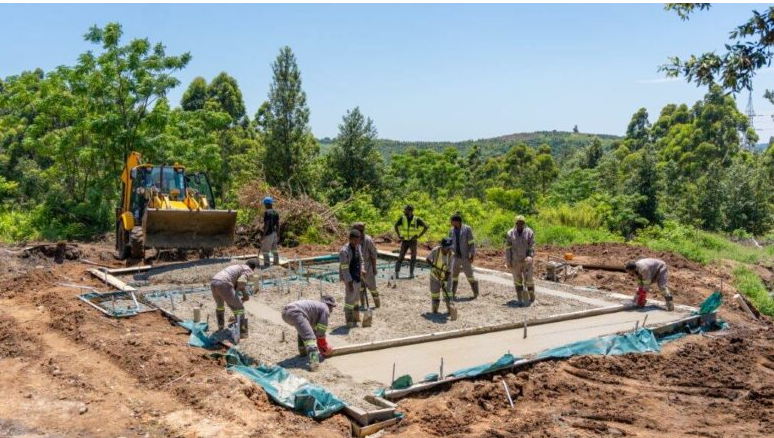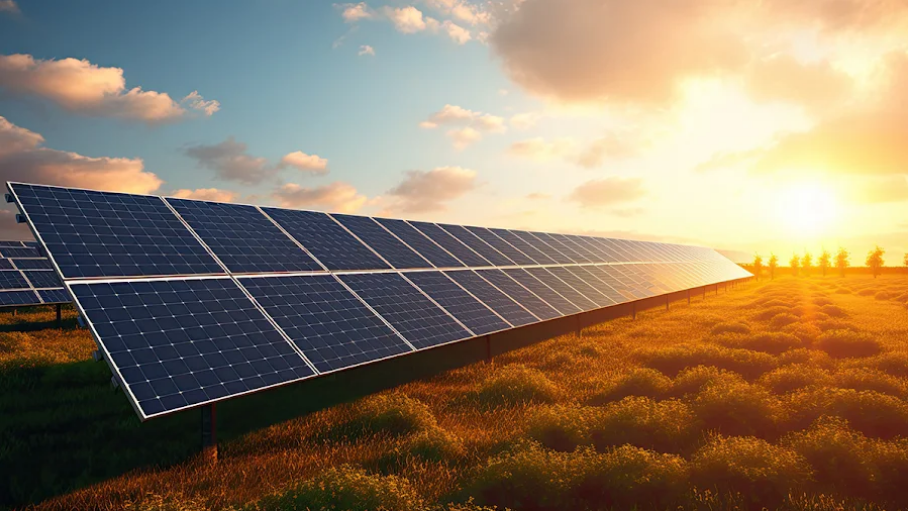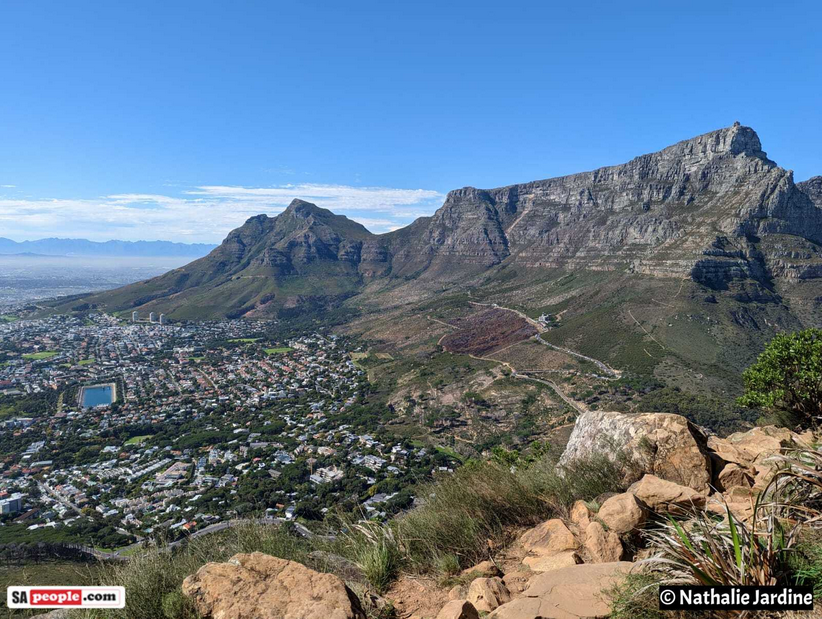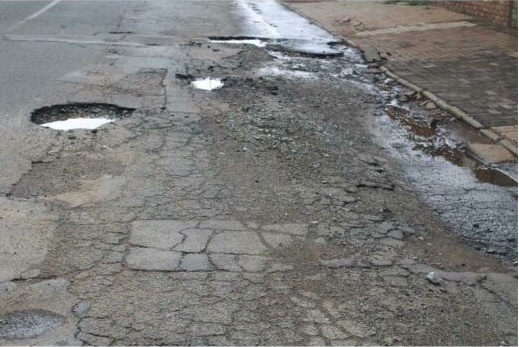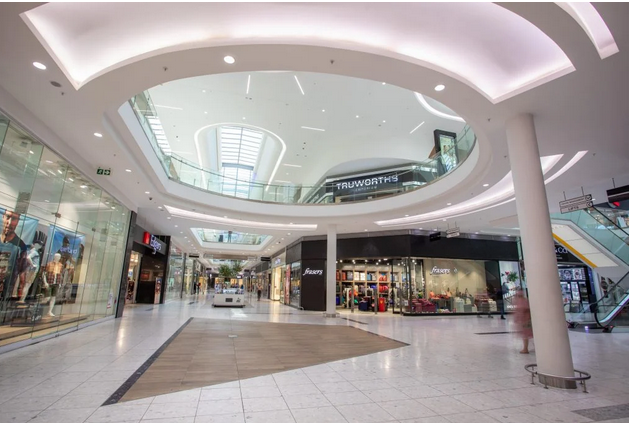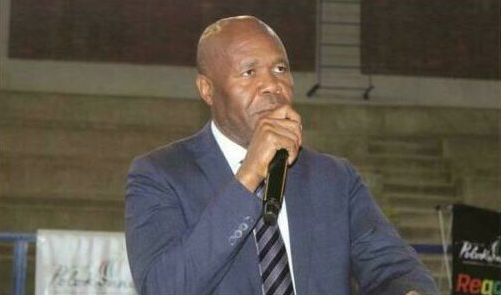South Africa’s R50 billion renewable rail plan on track
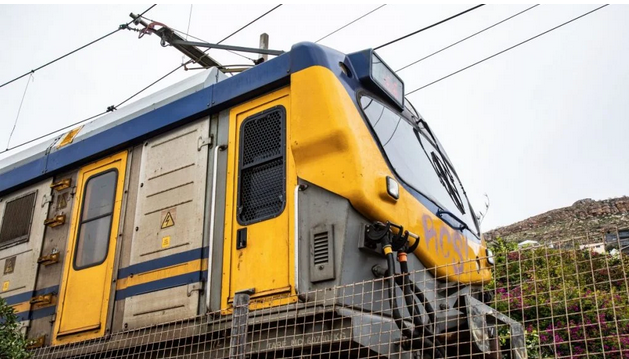
17-08-2023
Read : 773 times
Business Tech
Source
AP Moller-Maersk A/S, Port of Rotterdam, Bouygues SA and Yapi Merkezi are among the companies that have been asked to submit construction and funding plans for a new 50 billion rand ($2.6 billion) hydrogen-focused port and rail link in South Africa.
The companies are part of three consortia that bid for the project, state-owned Transnet National Port Authority, a unit of Transnet SOC Ltd., said in a statement sent to Bloomberg on Tuesday.
AP Moller-Maersk and Port of Rotterdam are part of the Boegoebaai Port & Rail Consortium. Bouygues is part of the Boegoebaai Development Consortium along with Vinci SA. Yapi Merkezi of Turkey and Mota-Engil SGPS SA are part of the Project Elephant Consortium.
Koninklijke Vopak NV, which was said to be part of one of the groups, according to people familiar with the situation spoken to by Bloomberg in July, aren’t part of the final bidding groups.
Transnet’s plan is to build a port at Boegoebaai on the country’s northwest coast to export hydrogen and its derivatives, as well as other commodities.
South Africa hopes to use the abundant wind and sun on its arid west coast to generate the renewable energy needed to produce so-called green hydrogen. That fuel can be used to make products for export, such as green ammonia. Politicians from Germany and the Netherlands this year said that their countries would be interested in buying the clean-burning fuel from southern Africa as Europe seeks to reduce its reliance on natural gas and other fossil fuels.
South African and international engineering and construction firms and infrastructure funders and among the other bidders. They include WBHO Construction Ltd., WSP Global Inc., DB Schenker, Pembani Remgro Infrastructure Managers Ltd., and Raubex Group Ltd.
Sasol Ltd., South Africa’s biggest company by revenue, has expressed interest in developing green hydrogen production facilities near Boegoebaai. The rail network would stretch about 800 kilometres (497 miles) inland. Metals such as manganese could also be exported from the port.
Recent News
Here are recent news articles from the Building and Construction Industry.
Have you signed up for your free copy yet?

